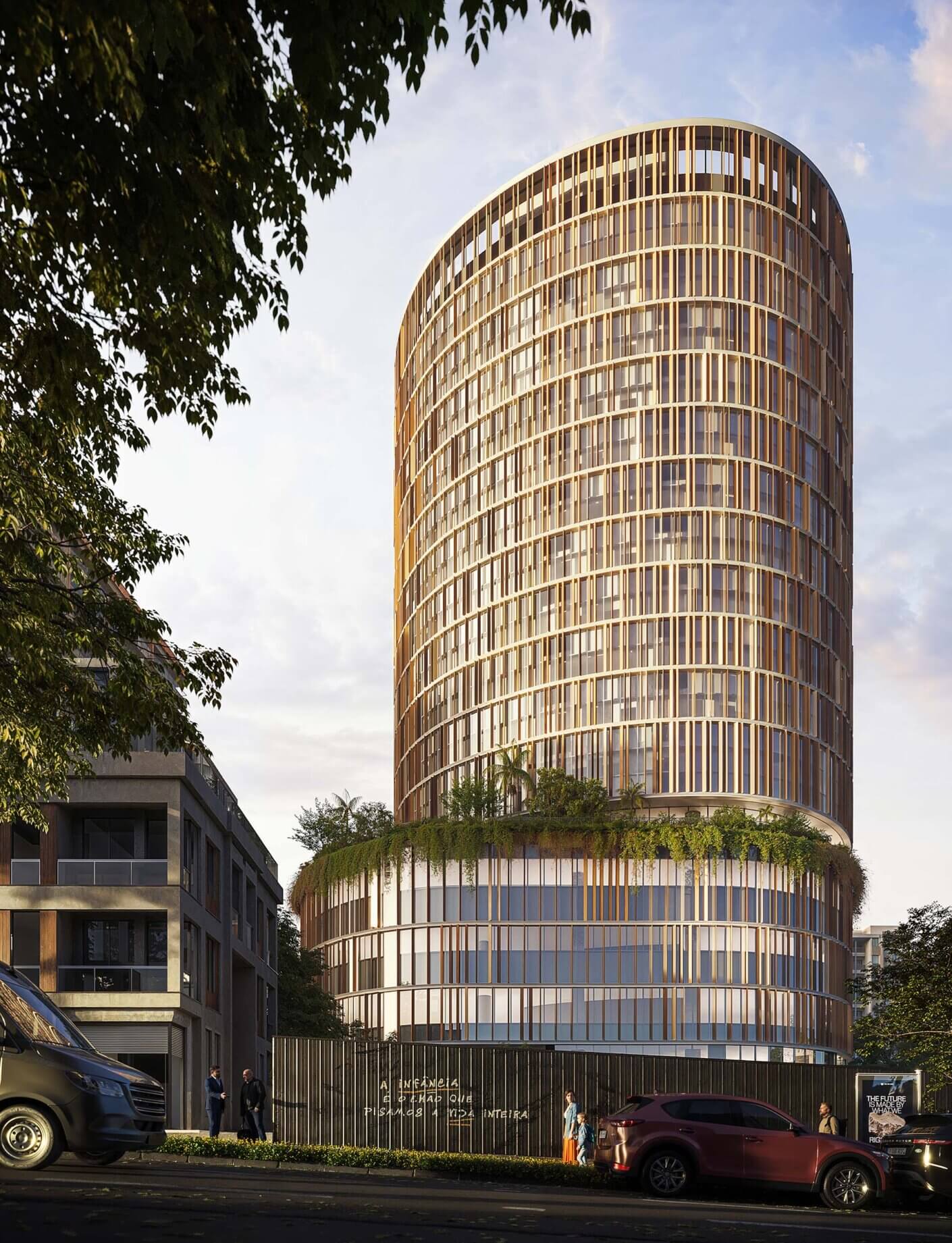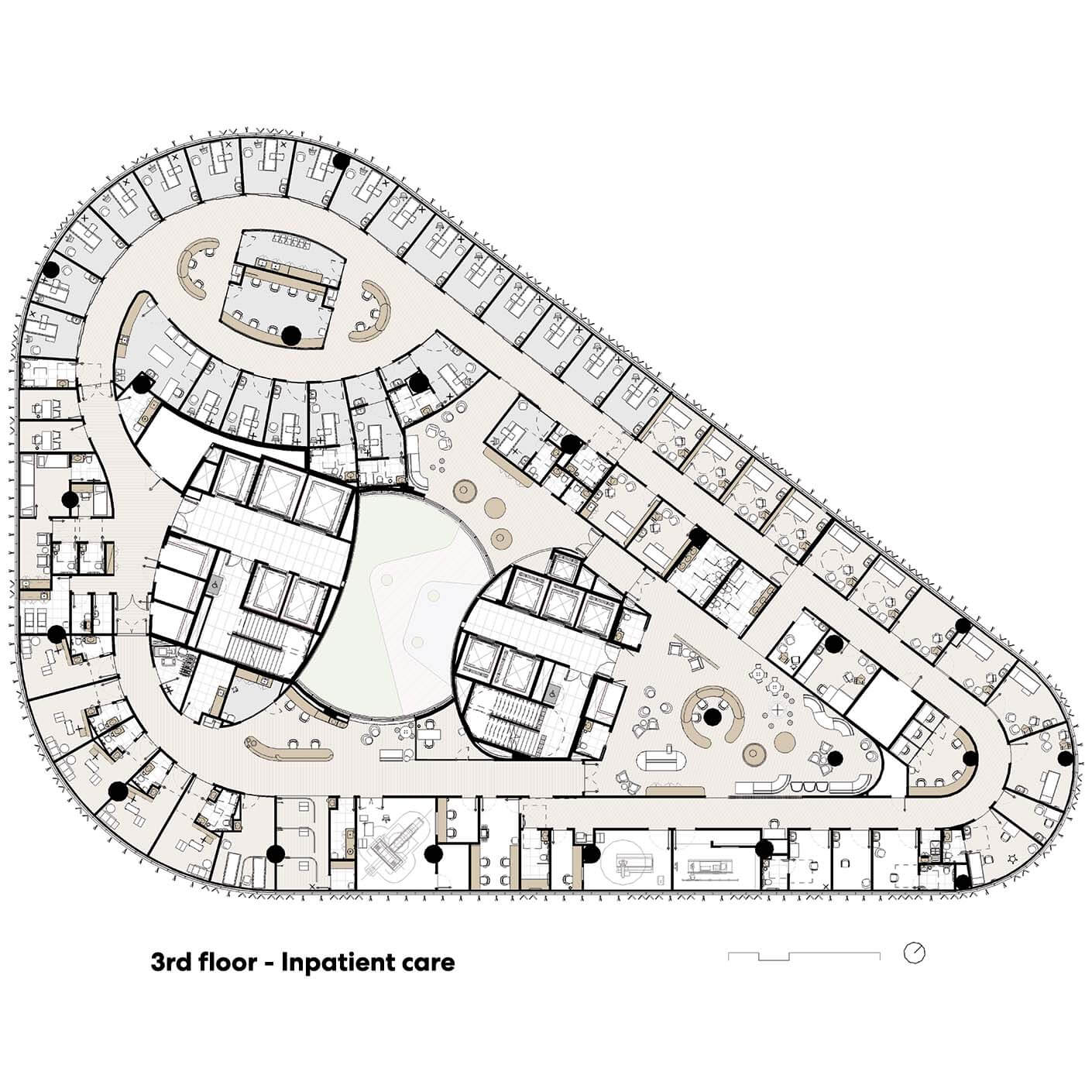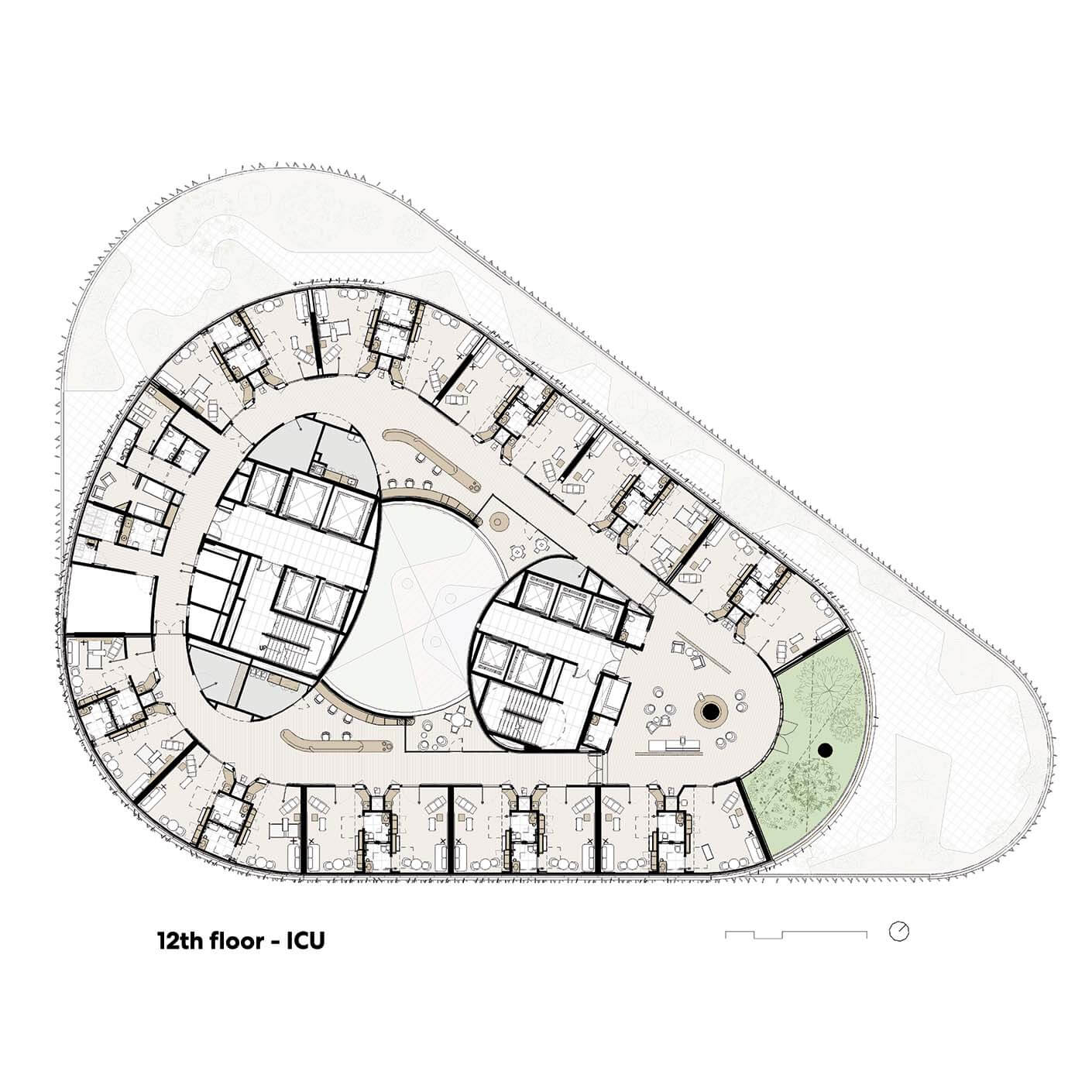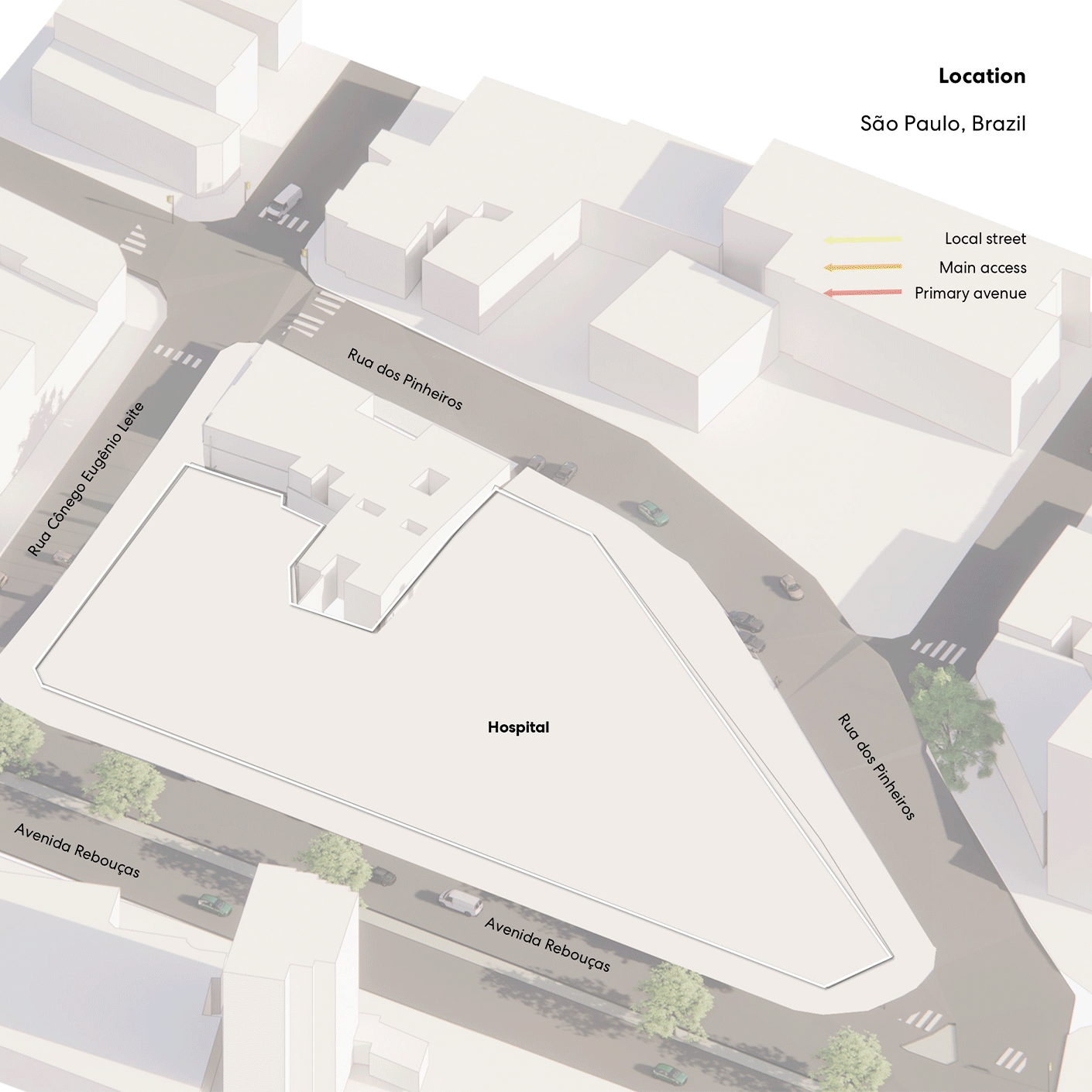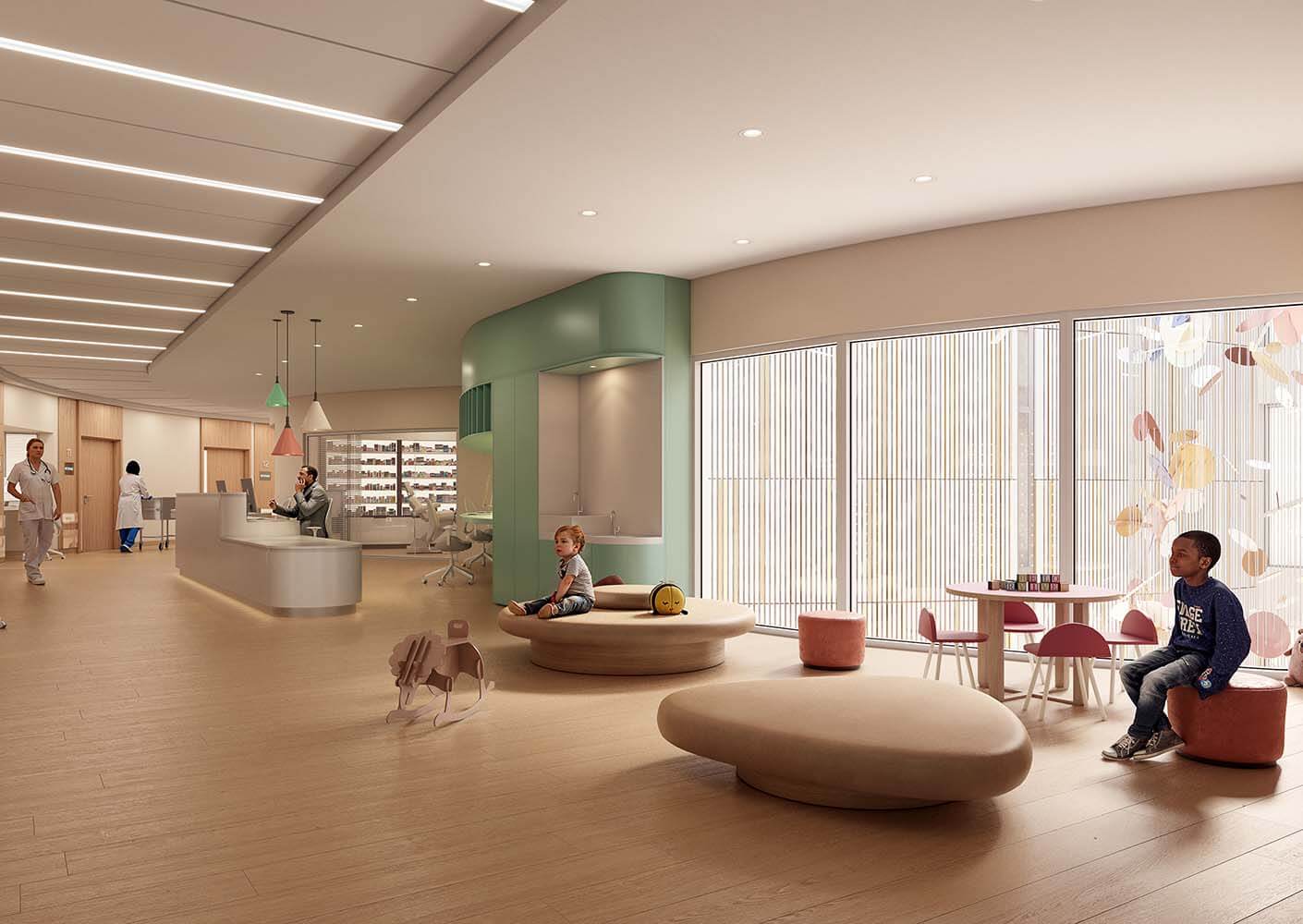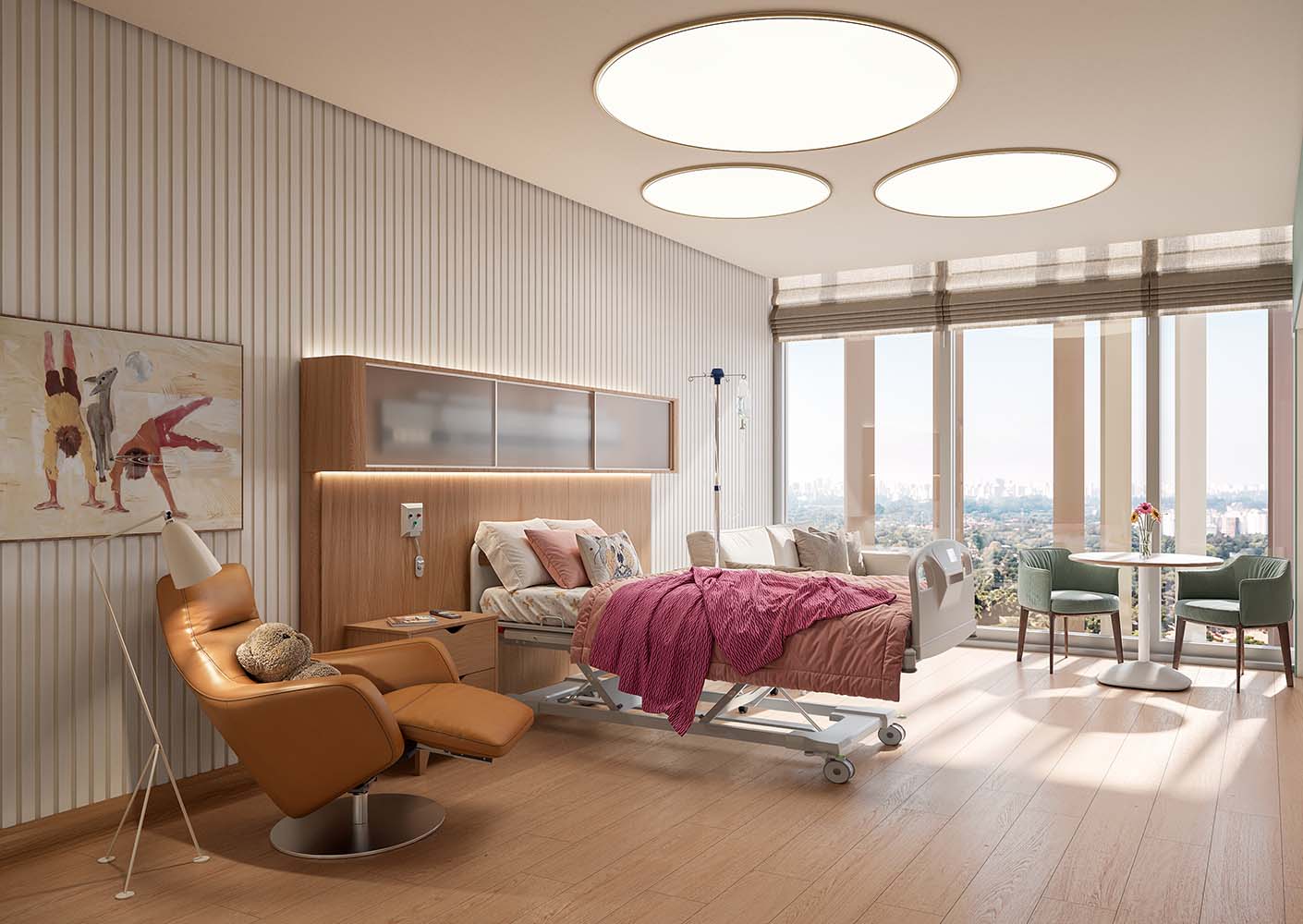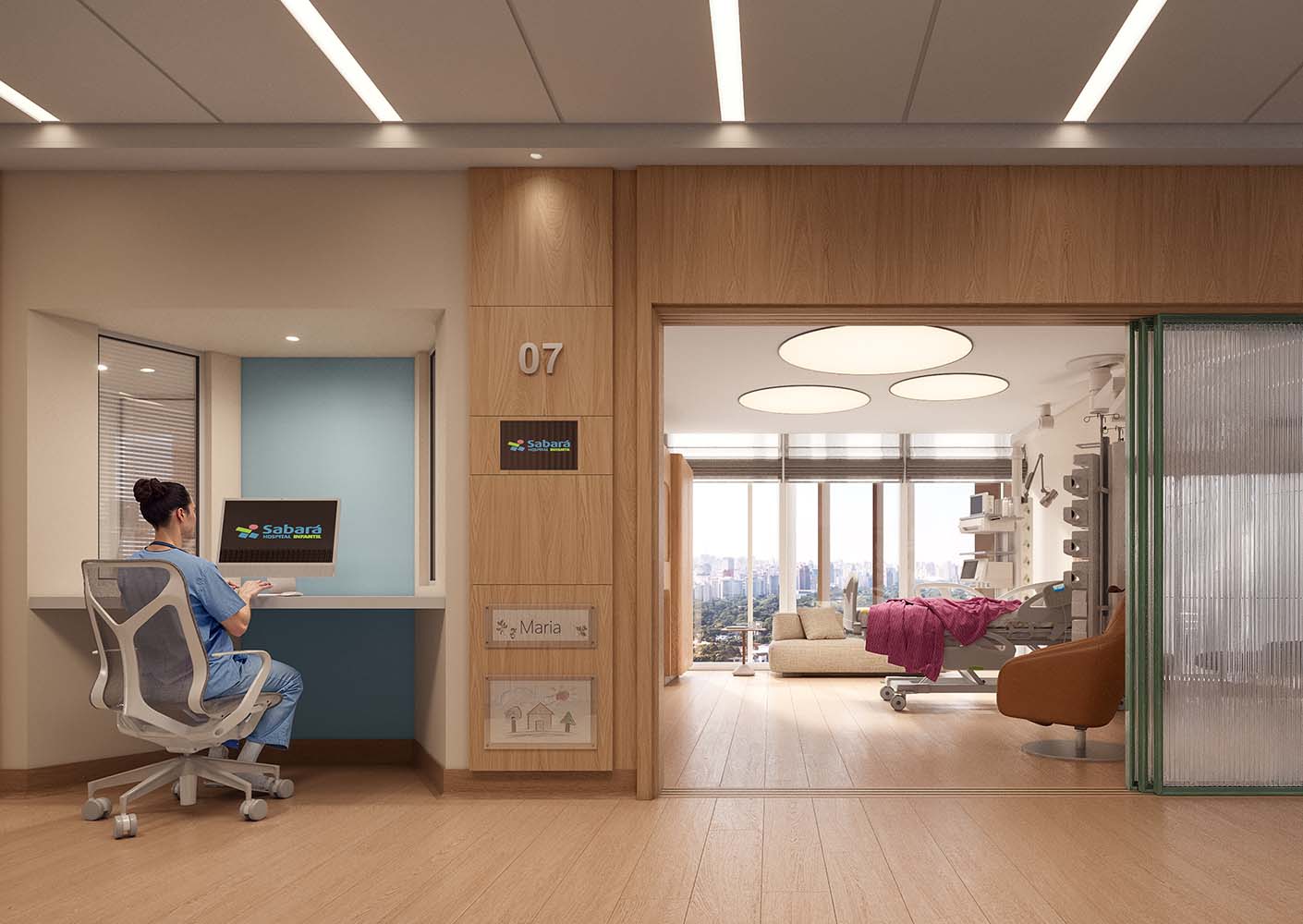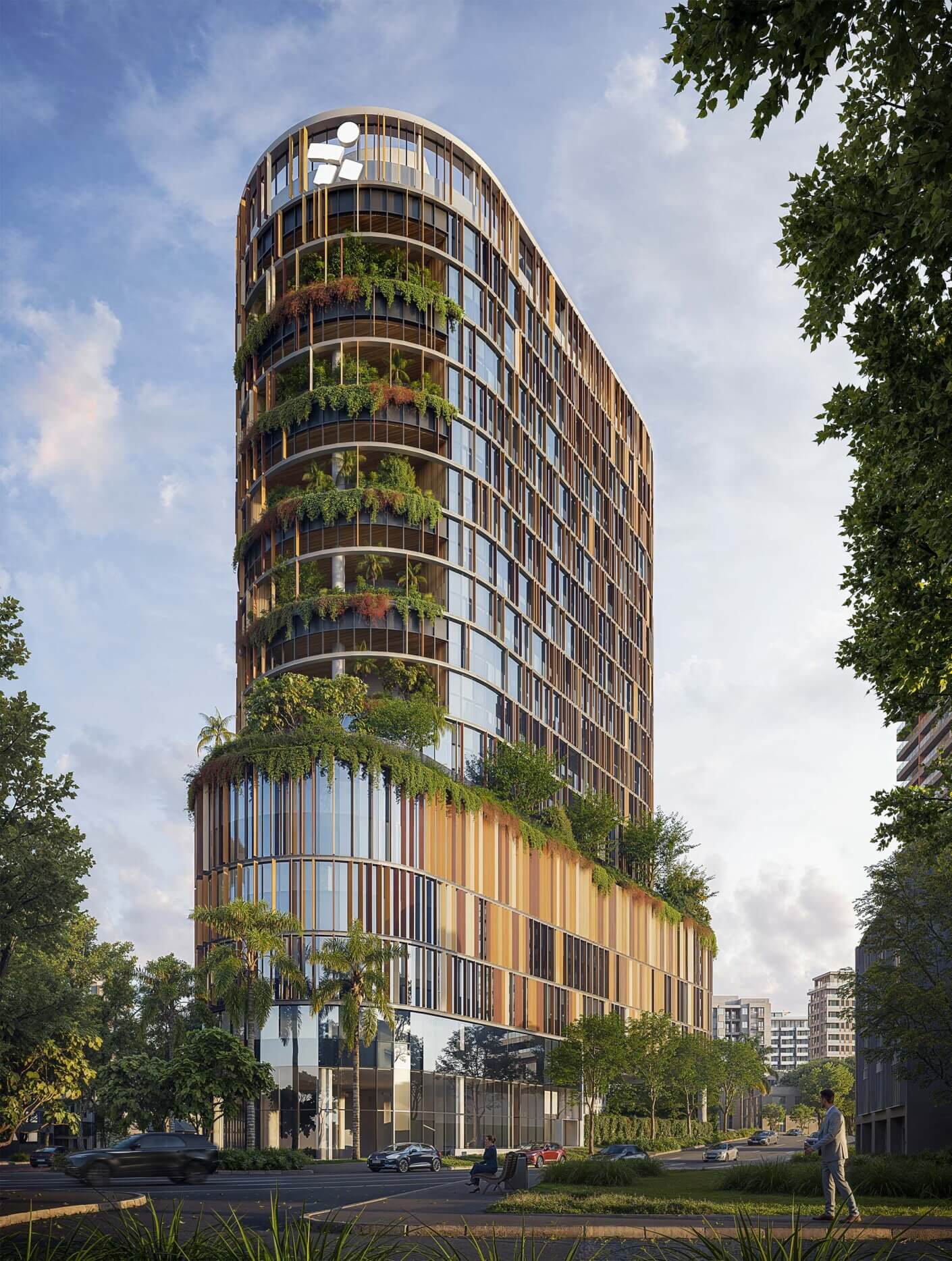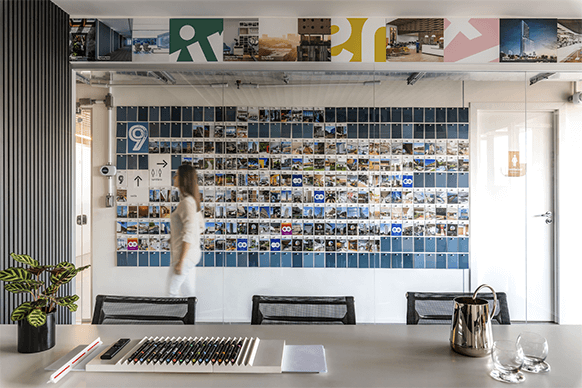Emerging technologies such as the Internet of Things (IoT) and Artificial Intelligence (AI) are becoming more common in our daily lives. Widely used as tools for organization, study, and entertainment, these technologies are also driving significant advances in the healthcare sector. Although it might seem paradoxical, incorporating high-tech solutions in hospitals and clinics can result in more comfortable, human-centric spaces.
From task automation to data processing, the combination of information technologies and intelligent algorithms promotes rapid decision-making and more precise interventions. These advancements improve the experience of patients, caregivers, and professional teams in healthcare environments.

